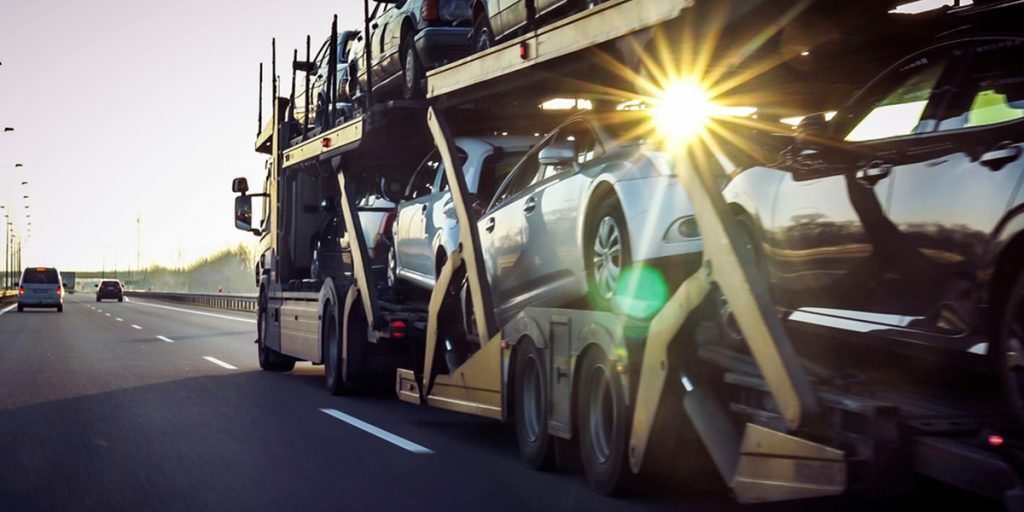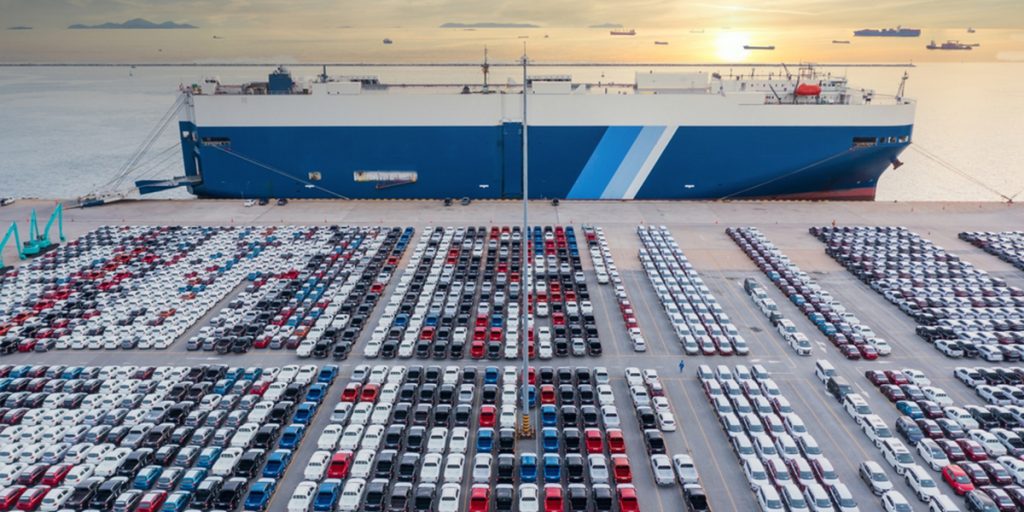From rich to poor countries: the new life of old vehicles

Developed countries were the first to achieve high standards of living as we understand them today. Because they experienced the industrial revolution before anyone else, they were also the ones who have benefited the most from it. A fact that, now that global warming forces us to reflect on consumption and its consequences, has become even more obvious. For decades, these countries have consumed more than all others, and at the same time, they have also produced a greater volume of waste.
In contrast, developing countries have not had the same access to consumer goods. In many cases, with fewer resources available, they have been forced to make do with goods discarded by rich countries, lower quality products or cheaper alternatives. And even with what people in Western countries throw away after use. This is so prevalent that in some French-speaking African countries, second-hand goods are known as Au revoir France. They are the products that are going to die in Africa. Those which will never return to France.
One of the textbook cases of this type of discard export is that which occurs with vehicles. Developing countries have the same need for automobiles as rich countries but lower purchasing capacities. Therefore, since the latter have decided to move away from vehicles powered by fossil fuels, the discarded ones are being sent to less developed countries in record quantities.

Rich countries’ rejection of polluting vehicles

The rejection by rich countries of vehicles powered by fossil fuels is no coincidence. It is the result of the risk posed by climate change and the consensus reached at a global level on how to respond to it. A consensus that includes the need to reduce the number of polluting cars that circulate on the planet, which not all countries can respond to in the same way.
Thus, to no one’s surprise, the five countries with the highest percentage of electric vehicles in the total vehicle fleet in 2023 were Norway, Iceland, Sweden, Denmark, and Finland. Among the 15 countries that followed them in the ranking, the only ones that are not part of the European Union were China, the United Kingdom, Israel, New Zealand, and South Korea.
In the most advanced countries in the transition to electric vehicles, the change has come hand in hand with a commitment by the governments of these nations to fight against climate change. A commitment that includes, among other measures, one specifically aimed at promoting the replacement of vehicles powered by fossil fuels: subsidies for the purchase of electric cars, a strategy that has had two consequences. On the one hand, it has caused an increase in the replacement of gasoline vehicles with electric vehicles. On the other hand, it has led to an increase in the number of used cars available for export.

A thirst for cars
The world lives in a perpetual thirst for vehicles. Transportation is one of the most important pillars of development: it not only enables the movement of goods and people within a territory; it also contributes to increasing competitiveness and promoting exports. Therefore, the global need for automobiles continues to grow. According to forecasts by the UN Environment Programme, between now and 2050 the global fleet of light vehicles will double, with this growth being most significant in developing countries.
Today, the main buyers of used cars are African countries (they import about 24% of the total), Eastern Europe, the Caucasus, and Central Asia (14%), the Asia Pacific region (12%), the Middle East (10%) and Latin America (8%). Compared to them, in 2020 the main exporters were the countries of the European Union (49%), Japan (26%), the USA (18%) and South Korea (8%). Two lists that show a clear trend: used vehicles travel from rich countries to poor ones.

At the same time, as the most developed countries advance in their green transition, the volume of used cars that will be sent to developing countries will increase. In many of these, according to the UN Environment Agency’s report on Used Vehicles and the Environment, there are “limited or non-existent quality and safety” regulations for imported vehicles. Thus, a significant part of them do not comply with “basic environmental requirements and are one of the main sources of air pollution and emissions” in the countries where they end up.
Of course, this is, in essence, the problem: emissions-causing vehicles are simply being displaced geographically. By replacing the most polluting cars with electric alternatives, the richest countries will reduce the volume of emissions. But second-hand gasoline cars will continue to pollute the atmosphere. What happens is that now, instead of doing it from Madrid, Paris, and London, they will do it from Nairobi, Benin, and Abidjan. The damage to the planet will remain the same.